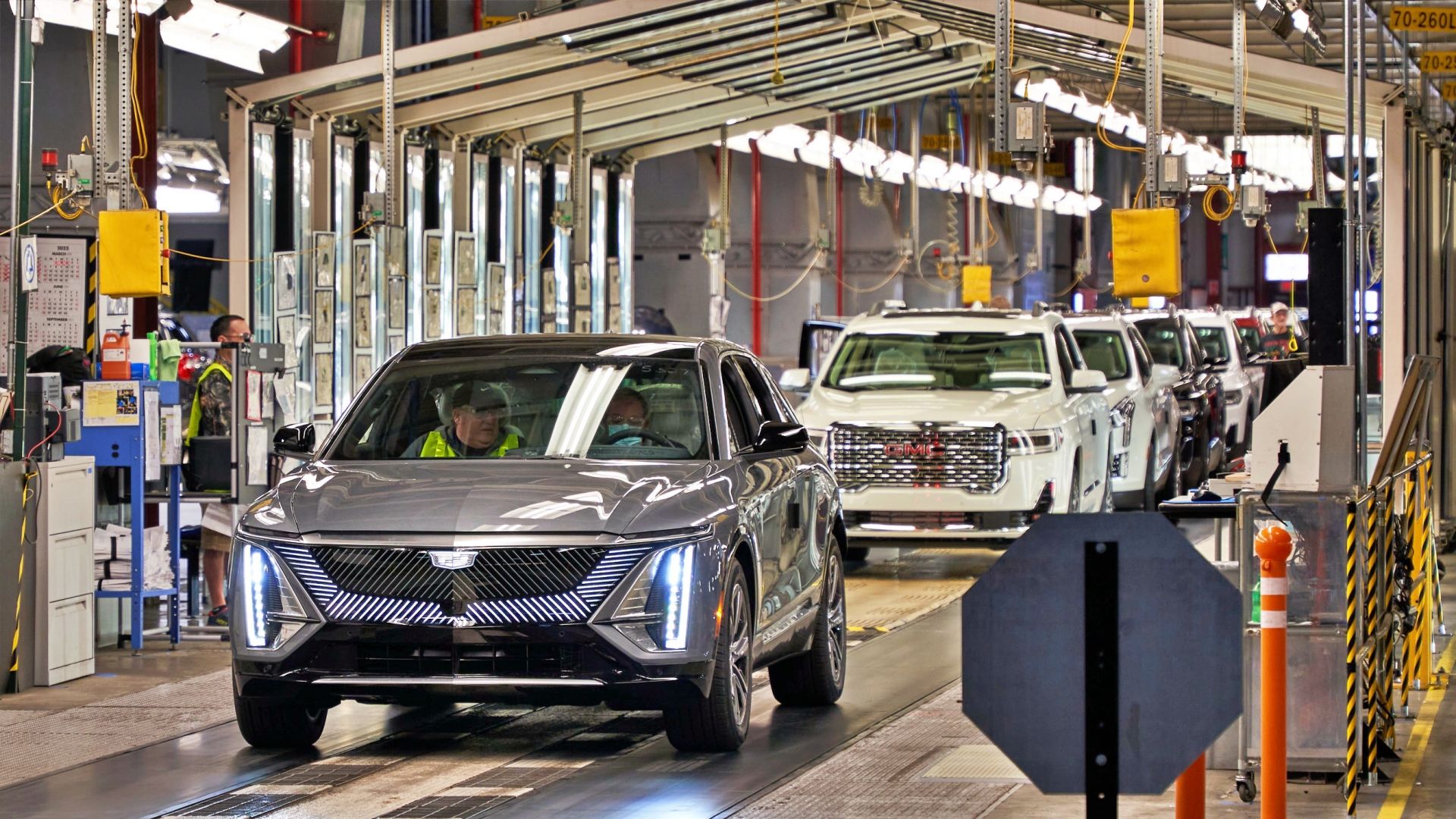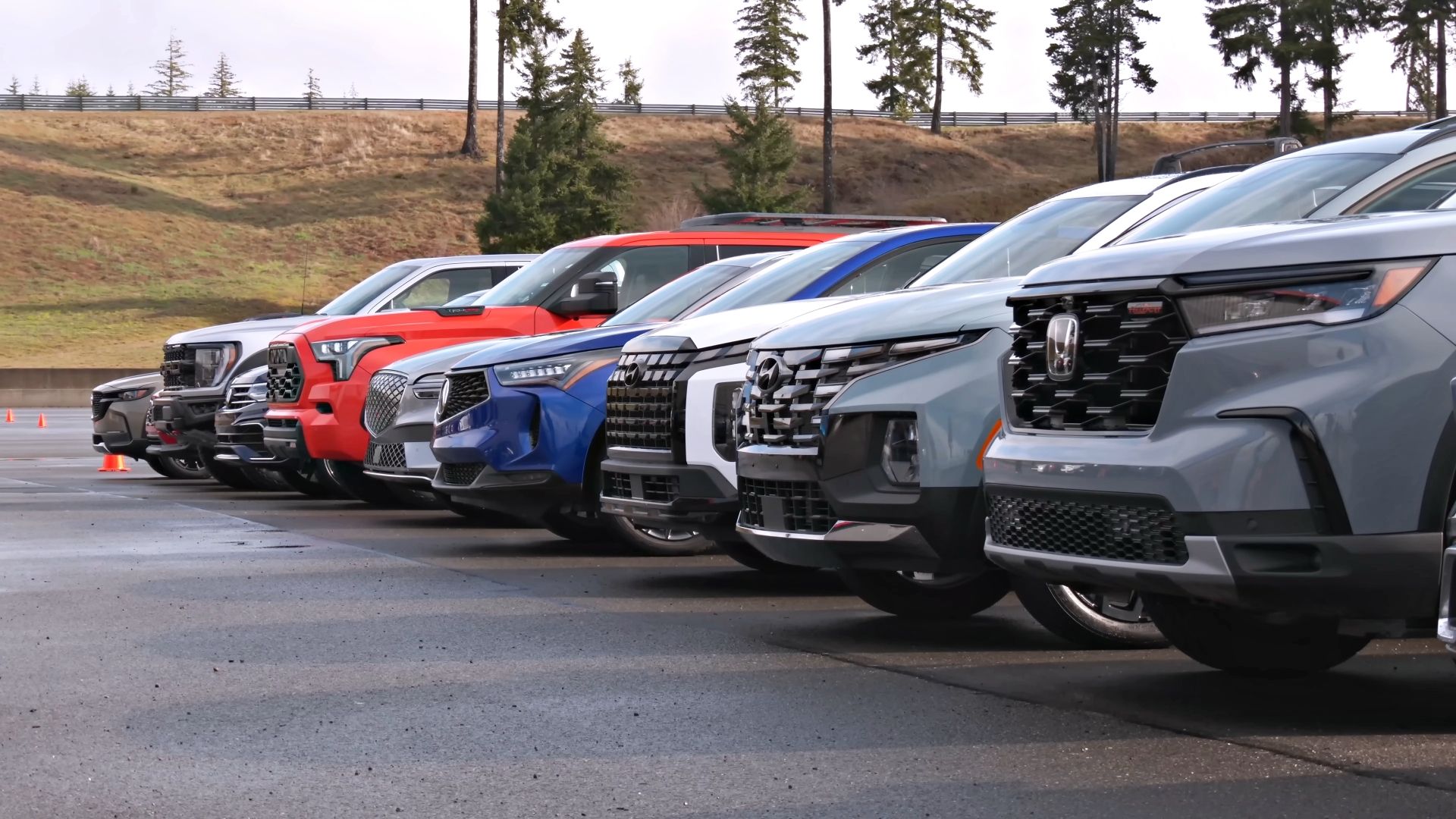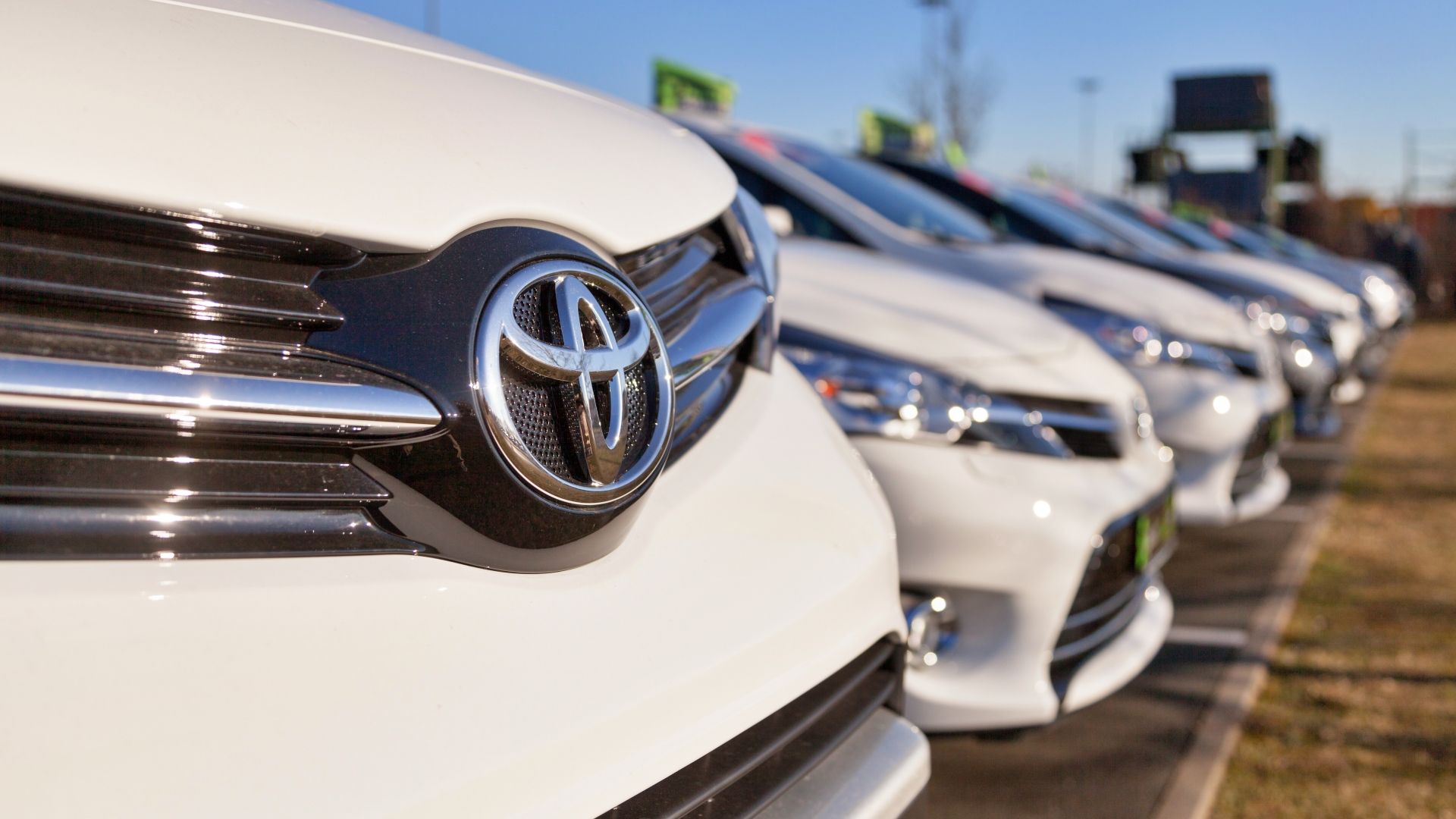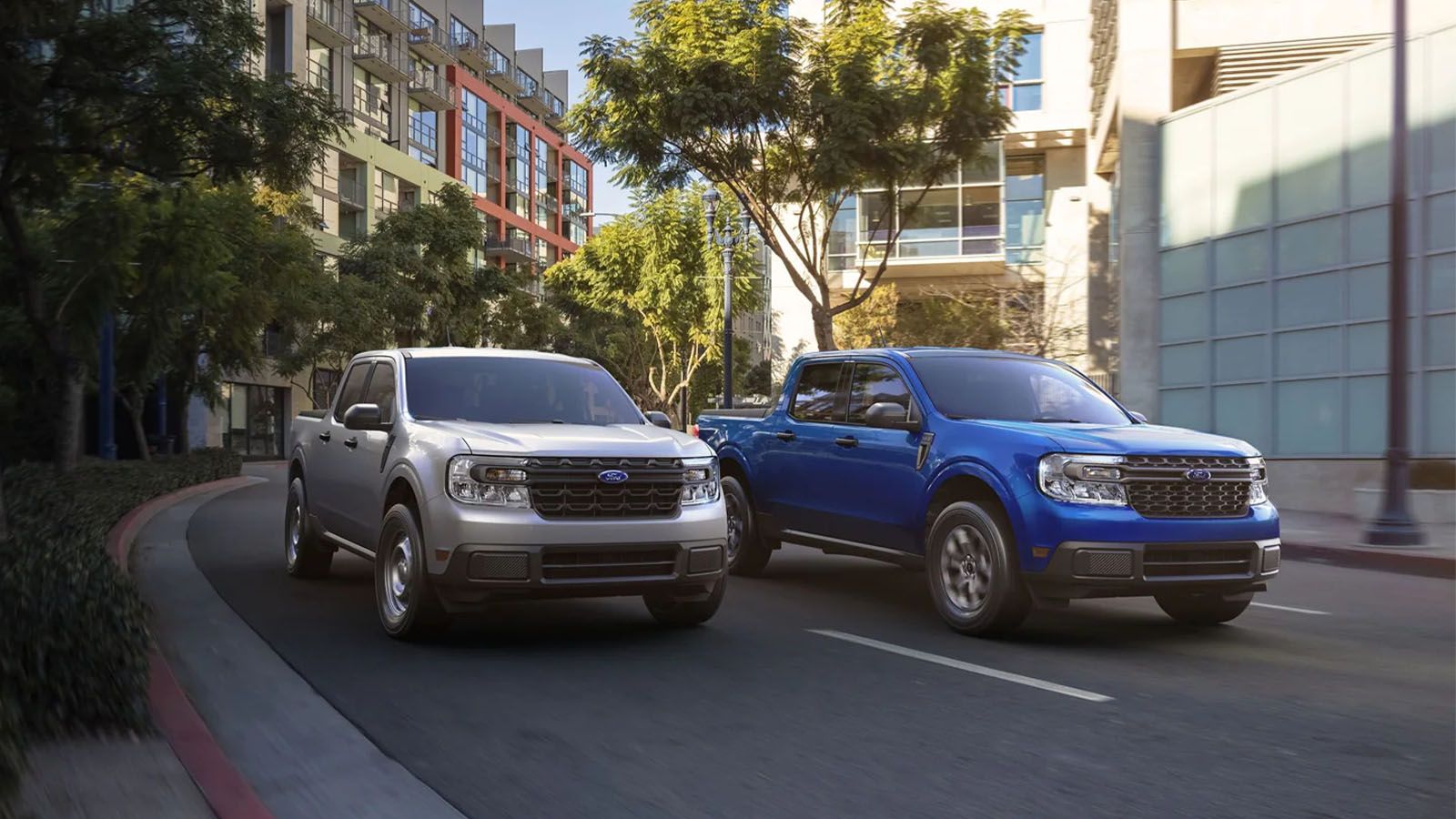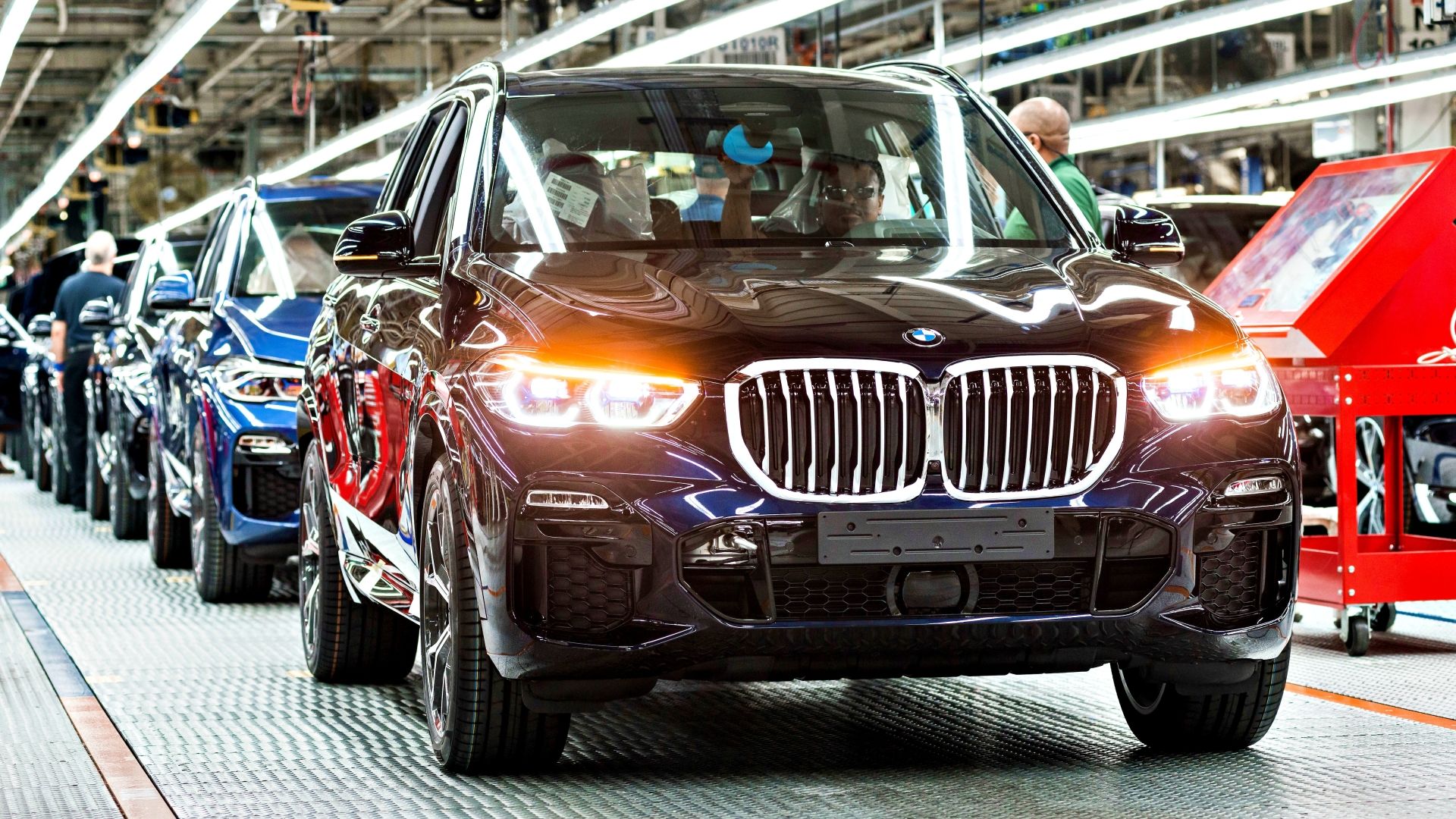Summary
- The worldwide pandemic and chip shortage caused a spike in car prices, making them scarce and expensive.
- The pandemic led to a decrease in demand for cars, resulting in dealerships offering generous purchase and lease packages to attract buyers.
- Supply issues with new vehicles, caused by the chip shortage and war in Ukraine, led to high demand for used cars and soaring prices. However, relief may be in sight as supply meets demand in late 2023 or early 2024.
The worldwide pandemic that erupted in the beginning of 2020 has forever changed the globe in many ways. A great number of things became scarce due to demand, and those items became hard to come by, or exponentially more expensive. The car market was not immune to this either. It's important to understand why that is. There are several reasons, chief among them was the chip shortage that ceased new vehicle production, which in turn caused used market cars to skyrocket in price. Of course, this chip shortage was a result of the Covid-19 pandemic, and the Russian invasion of Ukraine that followed has not helped matters.
Nevertheless, time heals all wounds. None of these challenges will apply pressure forever, and certain aspects of life have improved under relief. This is not to say the world isn't forever changed, but perhaps there is some coming respite. By first understanding the root causes of this car market spike, we can then track the changes within those causes, and thus predict a favorable shift for prospective buyers.
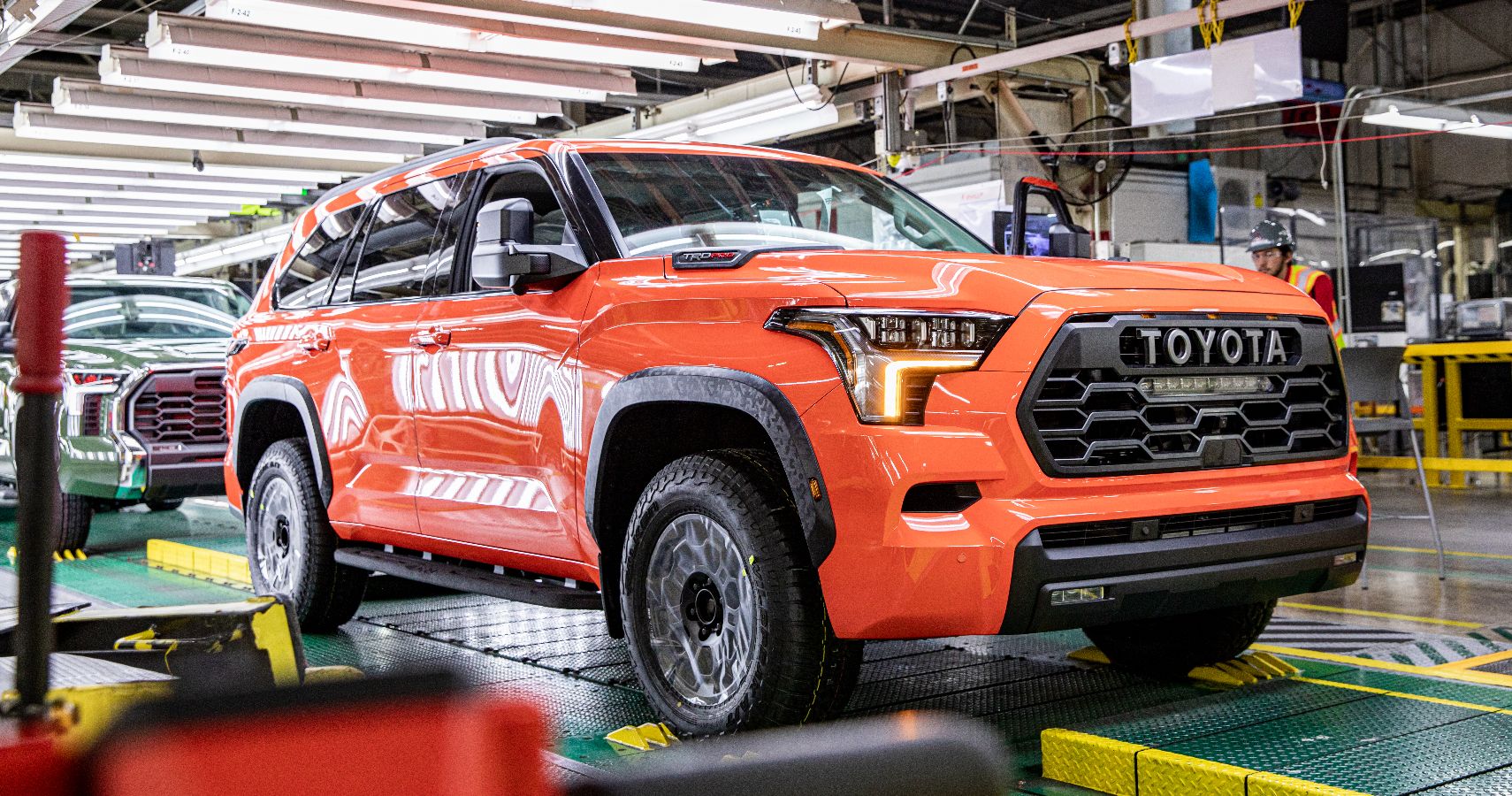
Chip Shortages And Dealership Markups, Is There An End In Sight?
Interest spikes could cool-off hot prices at dealershipsA Global Crisis Arises
In 2020, there was a 100 percent certainty that a recession was upon us. Due to the virus outbreak, shelter in place orders were standard. People just weren't moving around much, and they didn't really need cars as a result. Many people were working from home, or not even working at all. Unlike the Great Recession from 2007 to 2009, times weren't hampered by high gas prices or credit lending issues. Still, 16.8 million new unemployment claims were filed between March 15th and April 4th of 2020!
Without the need to travel as much, and the millions without jobs, made selling cars challenging to say the least. Dealerships were offering zero percent interest loans for 84 months, an astounding amount of time for sure, but these types of terms were necessary to get deals done. There were generous purchase and lease packages available to new buyers. Dealers will do anything they can to ensure self survival, and that's in a recession or not. Even not being open physically for business, though a barricade for sure, didn't make sales impossible to process.
Still, at a time of such volatile variables, buying a car did not seem high on the priority list. One would certainly have to have the means, even despite low gas prices, which in some places were below a dollar per gallon! This all resulted in dealer stock, called "day's supply," to be in excess of 90 days when the low 60s is the norm. With such inventory in a dealer's possession, one would think that sales would be no issue, but clearly the unique circumstances that arose from the pandemic were crucial and complex issues.
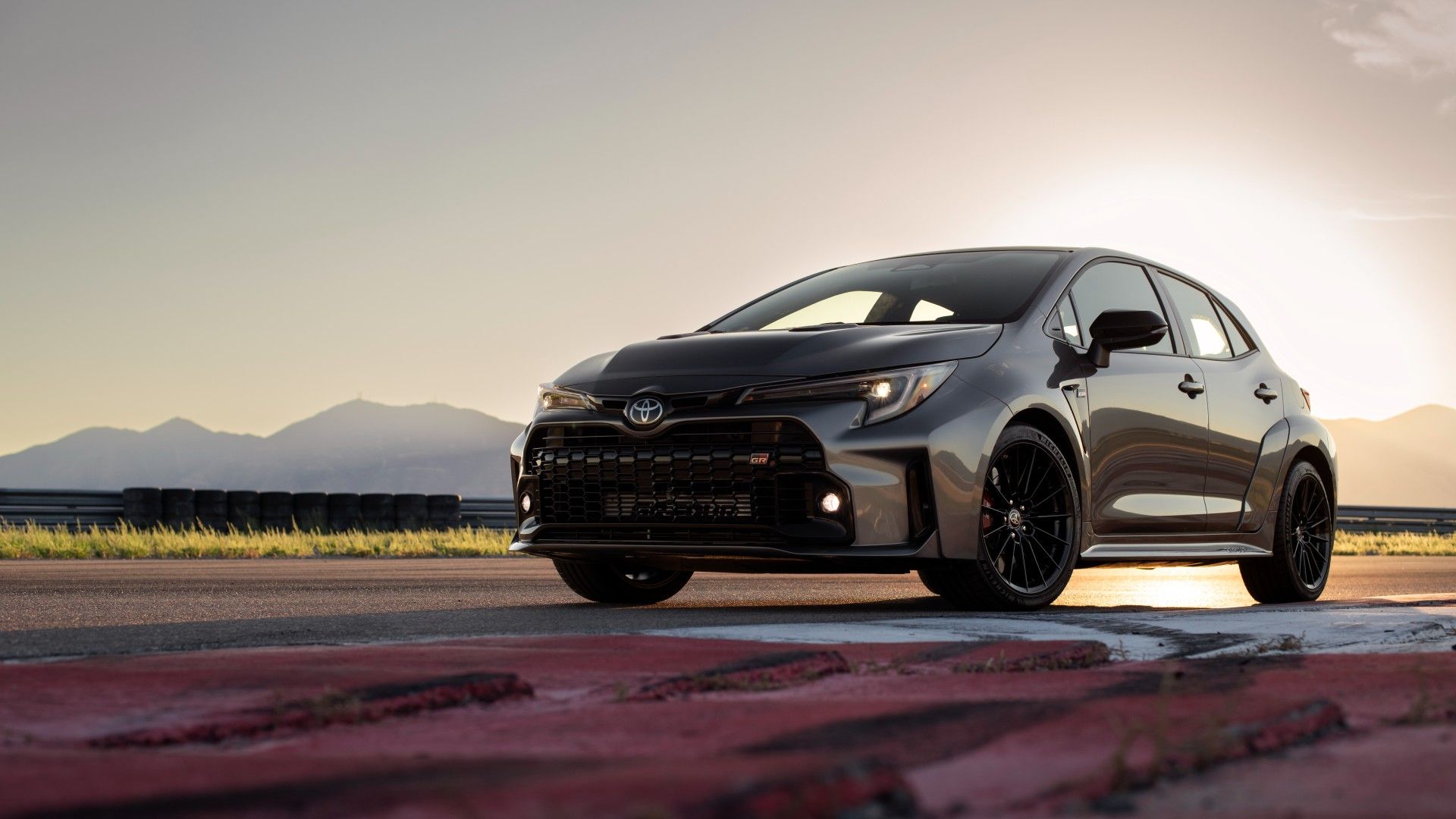
Dealer Markups Are Making The 2023 Toyota GR Corolla Obsolete
One dealer is charging more than 50 percent of the GR Corolla's suggest retail priceThe Oceanic Market Tsunami
Of course things began to let up in 2021, as restrictions were levied, and normal operations were resumed. Whether this was ready to happen or not seemed irrelevant, due to the reality that life had to find a way to press on. If you didn't get your hands on a car by within probably the first quarter of that year, then you kissed your opportunity goodbye, as the used and new car markets exploded price-wise.
This was due to the supply issues with new vehicles, due to the superconductor chip shortage, which then caused a domino effect of high demand for used cars. Plus people were still reeling from the workplace, so new car production was even more strained.
Then in early 2022, Russia invaded Ukraine. Among the many tragedies that ensue with warfare, there are undoubtedly serious and permanent consequences as a result. Though this may not be a big deal in the grand scheme of it all, this war has put a pinch on wiring harnesses assembled in Ukraine, which has in turn effected European production. That results in less vehicles from Euro makers to be able to allocate to the United States.
The global pandemic, resulting chip shortage, and war in Ukraine may be temporary situations, but all have resulted in permanent changes to the car buying experience. These effects have been reflected in the last 24 months or so. Buyers paid more than 12.2 percent in January 2022 than the previous January for new cars, while used vehicles were up more than 40 percent year over year!
Edmunds reported that 82 percent of new car buyers paid over sticker price in January 2022! Compare that to only 2.8 percent the year prior. When will these soaring car prices end, returning to 2020 prices or even before the pandemic, when deals were red-hot for consumers?
At the time, prices were not expected to decrease, at least not anytime soon. People braced themselves for paying premium prices for new and used cars alike for a significant amount of time. A lot of this had to do with the chip shortage. It was believed that automakers wouldn't be able to produce enough vehicles to be able to meet the demand for a long time.
Covid-19 drove the shortage, proving vital for new car production, as the chips run the many car systems that vehicles need to operate with today. The silicon chips operate the many onboard processors that control engine functions, infotainment, and even power seat memory data for example.
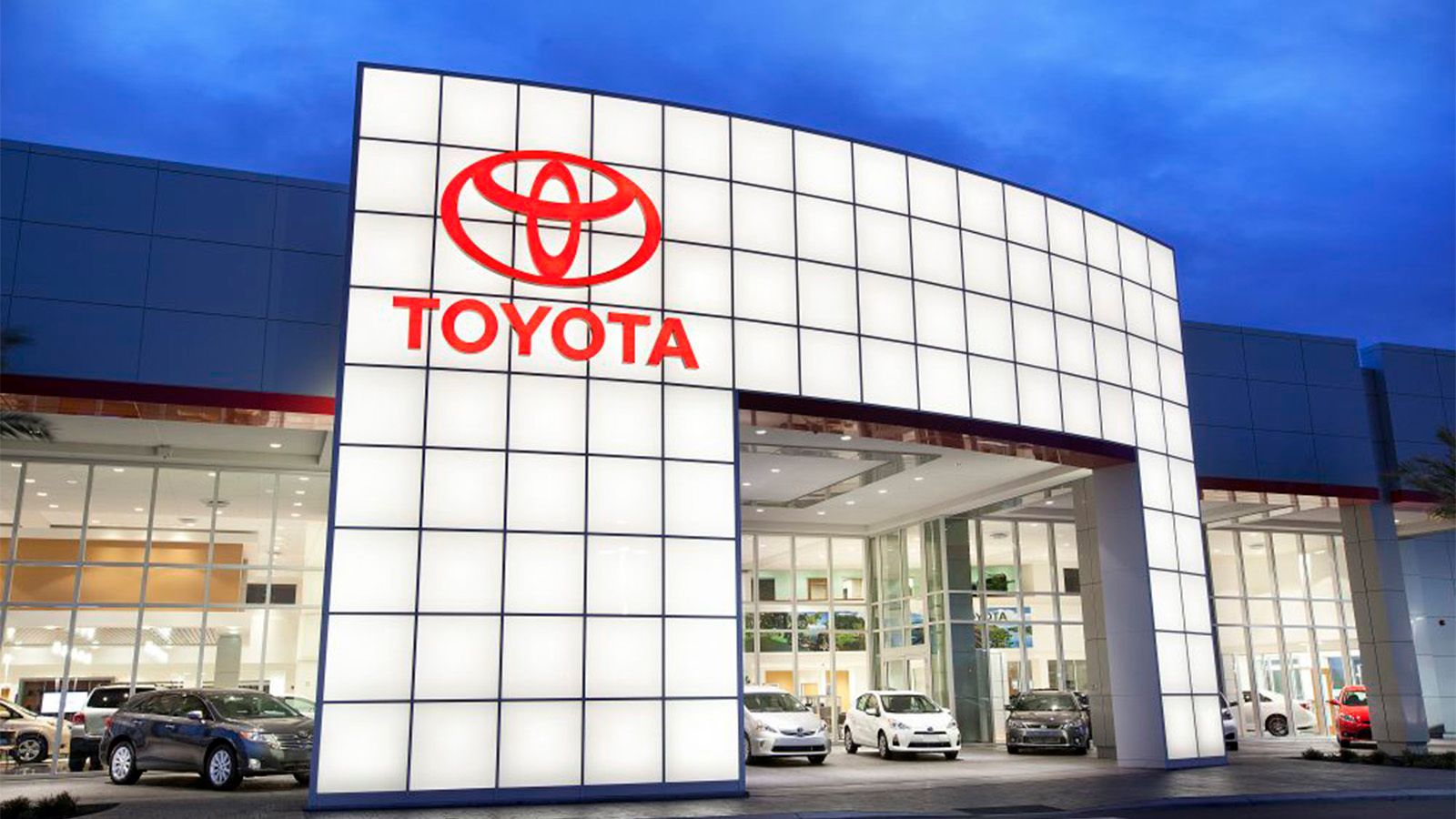
The Future Of The Automotive Dealership And Where It's Headed Next
The public's eye towards automotive dealerships hasn't been rosy in recent years, so what does the future hold for this business model?The Domino Effect Explained
We've more than likely passed the peak of prices, but where those prices are going is a complicated and nuanced matter. Wholesale prices have already been seen to decline, which over time results in retail prices reducing accordingly. The issue is that the benchmark was set so high, that it will take years to return to pre-Covid levels. The chip shortage and repercussions of 2020 and 2021 go like this: 14.5 and 14.9 million vehicles were sold in those years respectively, in what is normally a 17-million market.
This means there are several million vehicles out there that people wanted to buy, but that they couldn't, multiplied over the years. The unmet demand is now the used car market. Pre-owned cars are normally three years out, because that's when vehicles come off lease. Therefore, the volume of normally used vehicles in 2023 and 2024 will be substantially lower, translating to higher prices two years out from 2022.
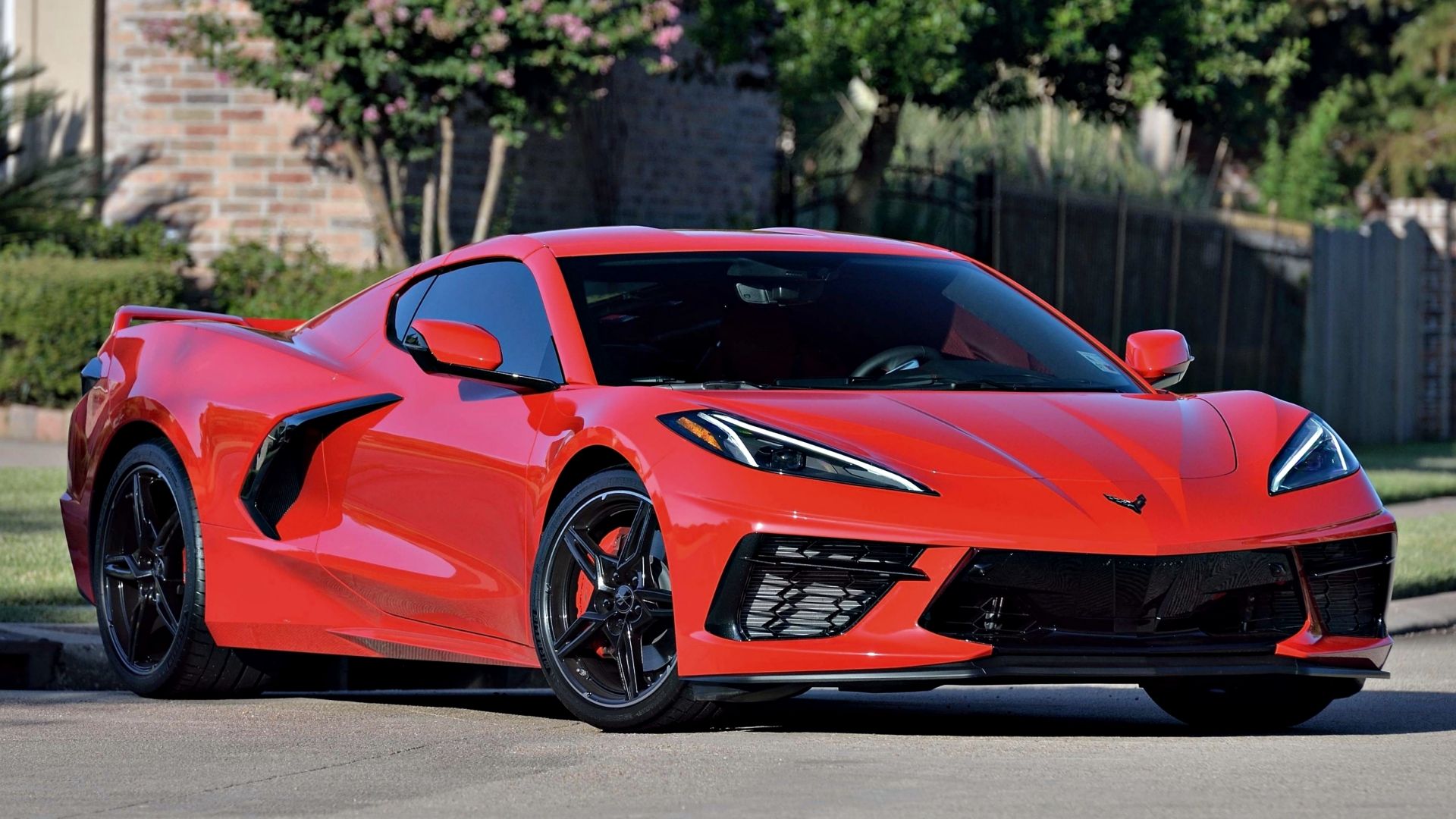
The One Thing That Kills The C8 Chevy Corvette’s Appeal
Aside from trying to win over fans for taking the mid-engined route, the C8 was to deliver on another front, which unfortunately doesn't stand todayRelief In Sight?
Volatility with transaction prices is expected to level off when supply meets demand, which was predicted to be in late 2023 or early 2024, when automakers would be able to produce enough new vehicles to encounter new car claims. However, the pandemic has caused a monumental shift in dealership strategy. Covid presented an opportunity to get lean and mean, pulling incentives, and reducing inventory. Car manufacturers and dealers came to understand that less inventory made it more profitable.
The big changes in dealership models likely signal that discounts and incentives of the past won't be coming back. Manufacturers are going to continue to maintain a balance of inventory to sales demand to keep the prices up. That means we may never see 2019 levels again. Probably in the next three to five years, used inventory will be limited, and prices will remain elevated. All things considered, new car supply will be low well into 2024 it seems. With used cars lagging behind that at least a few years, it will be years before we hit pre-Covid levels, if ever.
The average new car price just dropped, but only 1.1 percent, and it's still over $48,000! However, for the first time in 20 months, the average price of a new car is once again below sticker price! For nearly two years the average new car price kept climbing, assisted by dealer markups. Here in 2023, the supply of new vehicles is climbing back up, so then incentives have returned. More vehicles on lots means more competition, and dealers can't demand the same higher prices as before. Still, the new vehicle average could top $50,000 sometime this year.
Overall, we are nearing predictions of when the car market may come down big. Though Covid still exists, and the war in Ukraine is ongoing over a year after being declared, the vehicle supply is finally gaining. One might say to place an order now, and get your choice configuration allotted to you in time. However, right now we are just beginning to see the signs of a car market value decline, when unpredictable volatile outside factors persist. The safe bet would be to continue to wait out the storm, and let the tsunami pass before proceeding.


